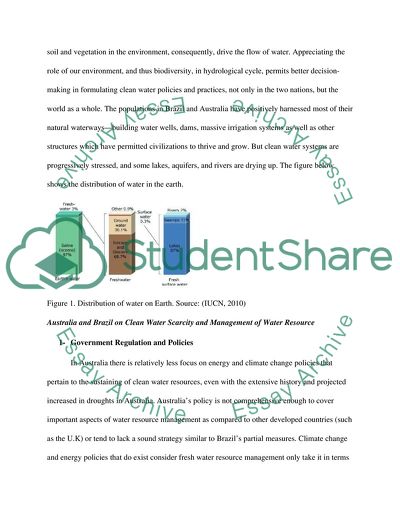Cite this document
(Water Scarcity Management and Minimizing Biodiversity Loss Assignment, n.d.)
Water Scarcity Management and Minimizing Biodiversity Loss Assignment. https://studentshare.org/environmental-studies/1848562-international-comparison-environmental-action
Water Scarcity Management and Minimizing Biodiversity Loss Assignment. https://studentshare.org/environmental-studies/1848562-international-comparison-environmental-action
(Water Scarcity Management and Minimizing Biodiversity Loss Assignment)
Water Scarcity Management and Minimizing Biodiversity Loss Assignment. https://studentshare.org/environmental-studies/1848562-international-comparison-environmental-action.
Water Scarcity Management and Minimizing Biodiversity Loss Assignment. https://studentshare.org/environmental-studies/1848562-international-comparison-environmental-action.
“Water Scarcity Management and Minimizing Biodiversity Loss Assignment”. https://studentshare.org/environmental-studies/1848562-international-comparison-environmental-action.


